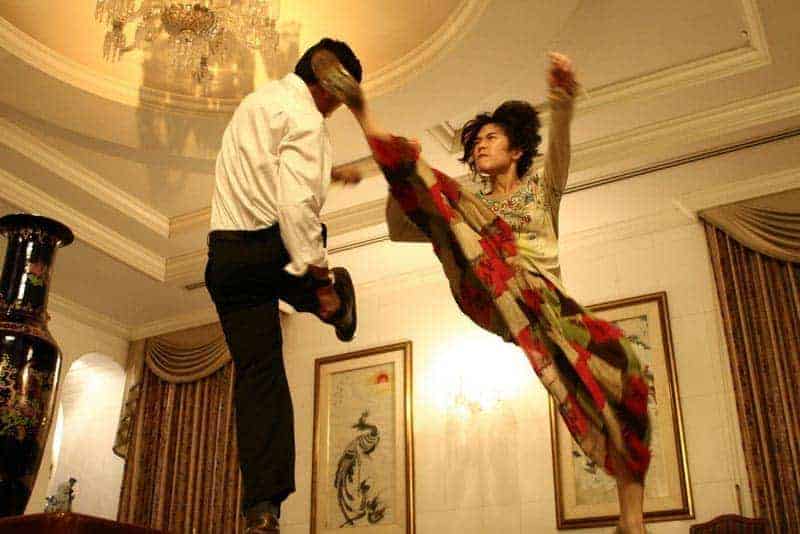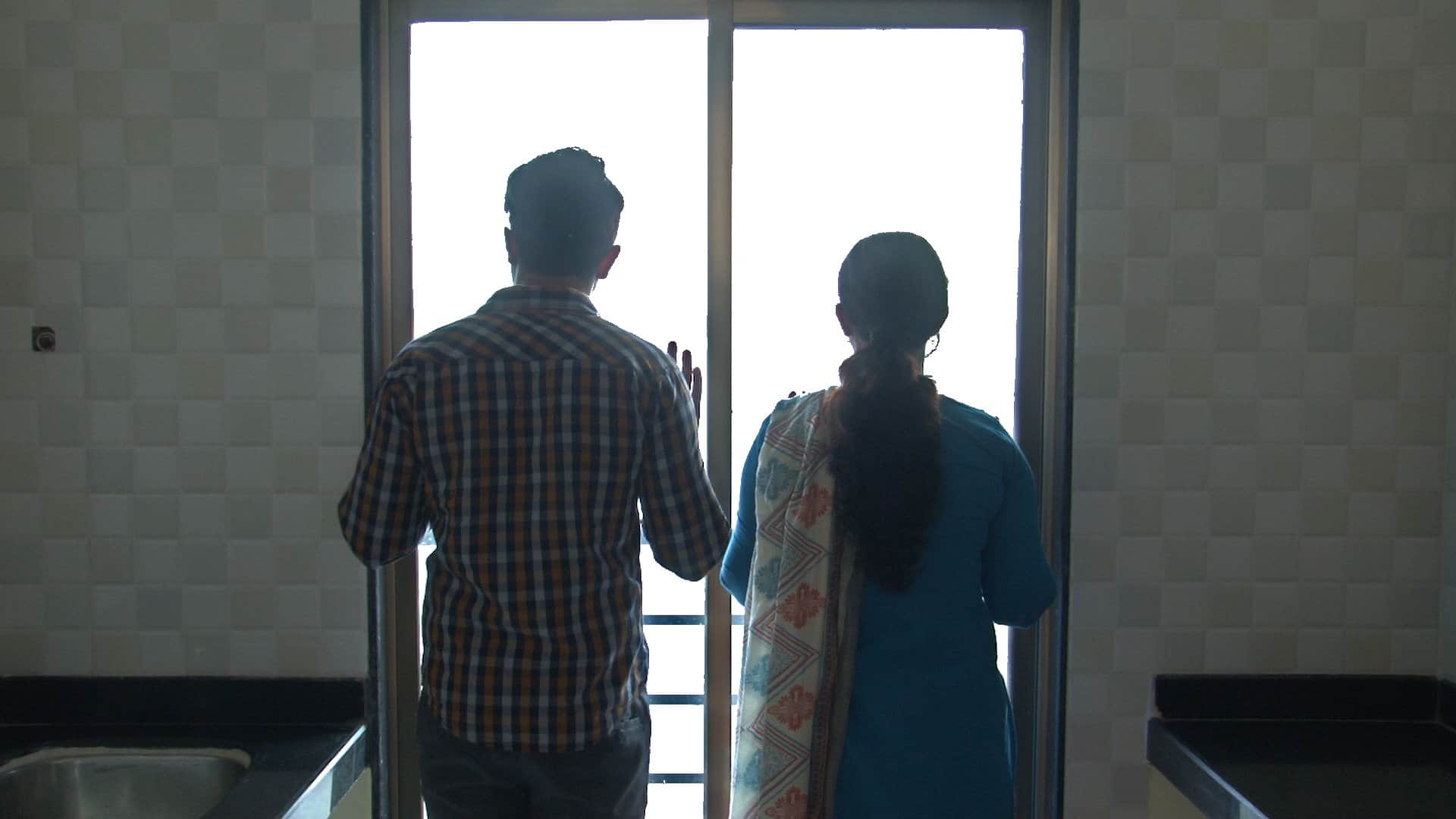Prakash Babu M.S.'s feature debut “Attihannu Mattu Kanaja” (English title: “Fig Fruit and the Wasps”, 2014) probes the agonizing anticipation of slow cinema with none of its delicacy. This quiet, Kannada-language film is sparse in dialogue, and even more sparing with music; in so doing, the film attempts to differentiate itself from Hindi-language, Bollywood extravaganza. By the same token, this film's weak stab at arthouse cinema goes a little too far. Babu's debut feature cuts out too much to mean too little, thus concluding as an altogether boring ordeal.
“Fig Fruit and the Wasps” opens with an excruciating twenty-minute road trip sequence. City-dwellers Gouri (Bhavani Prakash) and her cameraman, Vittal (Ranjit Bhasakaran) journey into a rural village to capture Adorno's thesis “on popular music” on camera – in which local geography defines the regional music produced. Once they arrive, however, the one in-town musician just so happens to be out-of-town for the time being. Local school master Basanna (Manjunath Belakere) takes the dazed duo in instead. He houses them while they wait for their promised musician, tending to their needs amidst nights of drunken revelry. Thus marks the epic beginning of a lame legend: a whole hour and thirty minutes of watching two people flounder about in empty fields, an experience scantily clad with the scraps of highbrow cinephilia.
“Fig Fruit” is all questions but no answers. This may be part of the marketing scheme; official summaries claim that the film exemplifies “vision” that isn't visible, and “sound” that isn't heard.” Perhaps more accurate, however, would be the fact that the film scapegoats its reluctance to show any sort of excitement as “subtlety.” The film markedly cuts out any scenes related to any sort of violence. A murder is noted in passing; Vittal's sexual attraction to Gouri (and almost rape) earns an empty stare; Gouri's dramatic march out of her permanent home goes on completely unexplained. To a certain degree, this may be artistic choice. However, the effect remains that the “Fig Fruit” exists bare naked, suspended in nonaction limbo.

This is more evident with the film's primary selling point (on top of its amateur intellectual bent) — its sound. Harkening upon French New Wave director-writer Robert Bresson's (“Au Hasard Balthazar, “L'Argent”) influential text, Notes to the Cinematographer, “Fig Fruit” too tries to make its “noise” into “music.” After turning off the car radio in the first few minutes, the film continues with the simple sounds of life: of opening and closing doors; of drinking water; of walking upon rocky ground. Indeed, Babus deprives the film of anything close to a score, beyond the 8-bit cry of a mobile ringtone.
Theoretically, this should be conceptually invigorating. Almost hallmark of slow cinema, even. Technically, however, the microphones are so low-quality that they do not even come close to the ASMR-like clarity of a Bresson film. This is unfortunately the film's biggest letdown, which tries so hard to mark itself an independent alternative from musical-oriented, highly-commercial Bollywood. Should Adorno's theory be correct, “Fig Fruit” would suggest the region's “pop music” has been vacuumed up by the soul-sucking eternity of Gouri and Vittal's fields.

As a whole, “Fig Fruit”‘s message is as vacuous as the fields that Gouri and Vittal film in. The title – an unexplained reference to the co-evolution (in which wasps and figs have apparently evolved together to reproduce more successfully) – is representative of the film's overall uncertainty. Who is co-evolving? (Gouri and Vittal? The village and the project? Fiction and documentary?) Is this a statement about independent Indian film and Bollywood cinema? Or is this simply another flourish of artistic mumbo-jumbo disguised as cerebral wisecrack? The world may never know – or at least, not until Babu M.S. directs another film.













